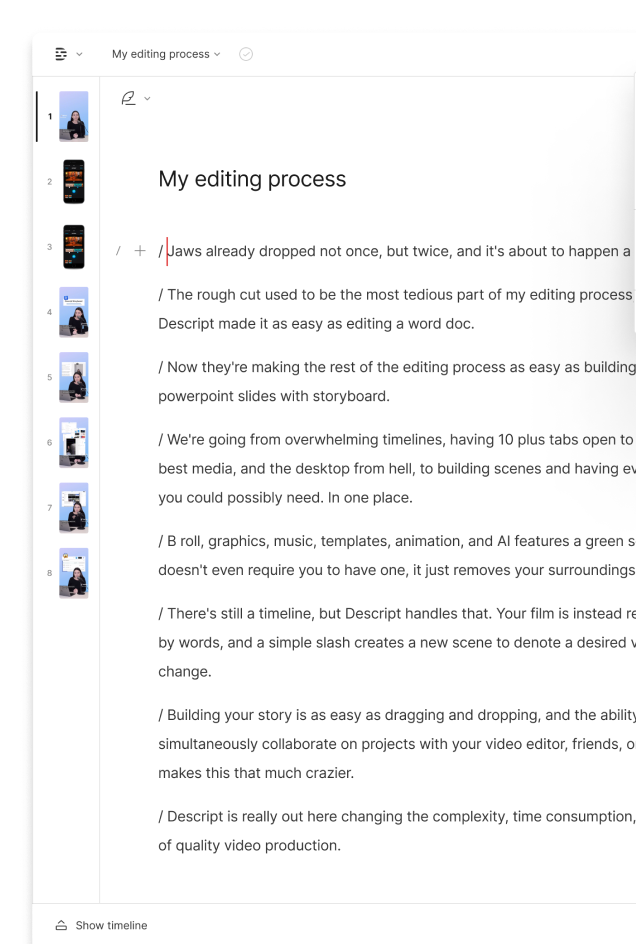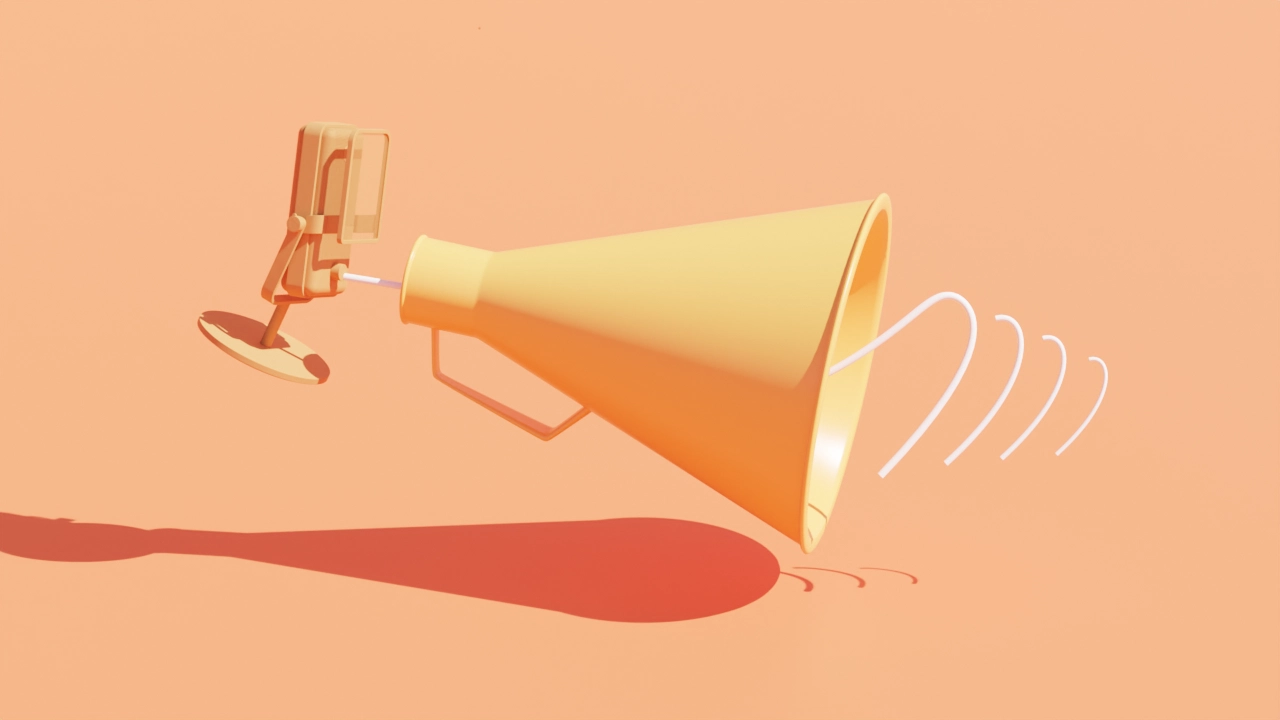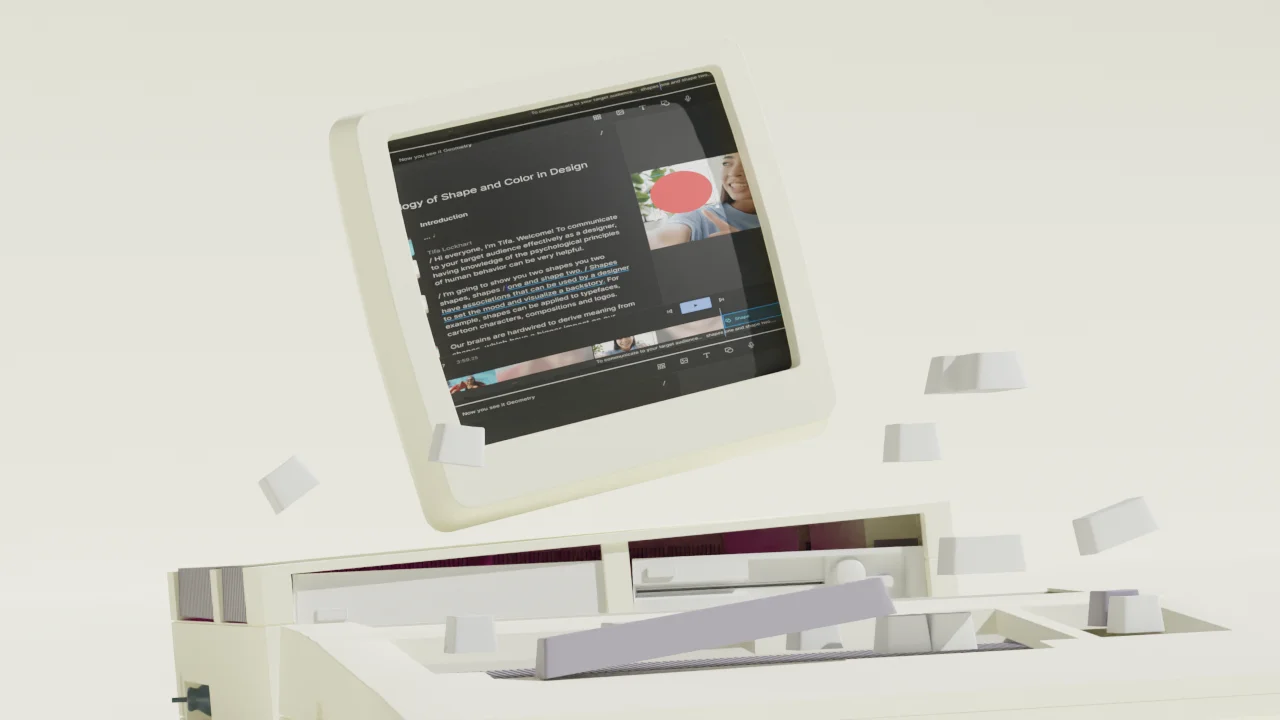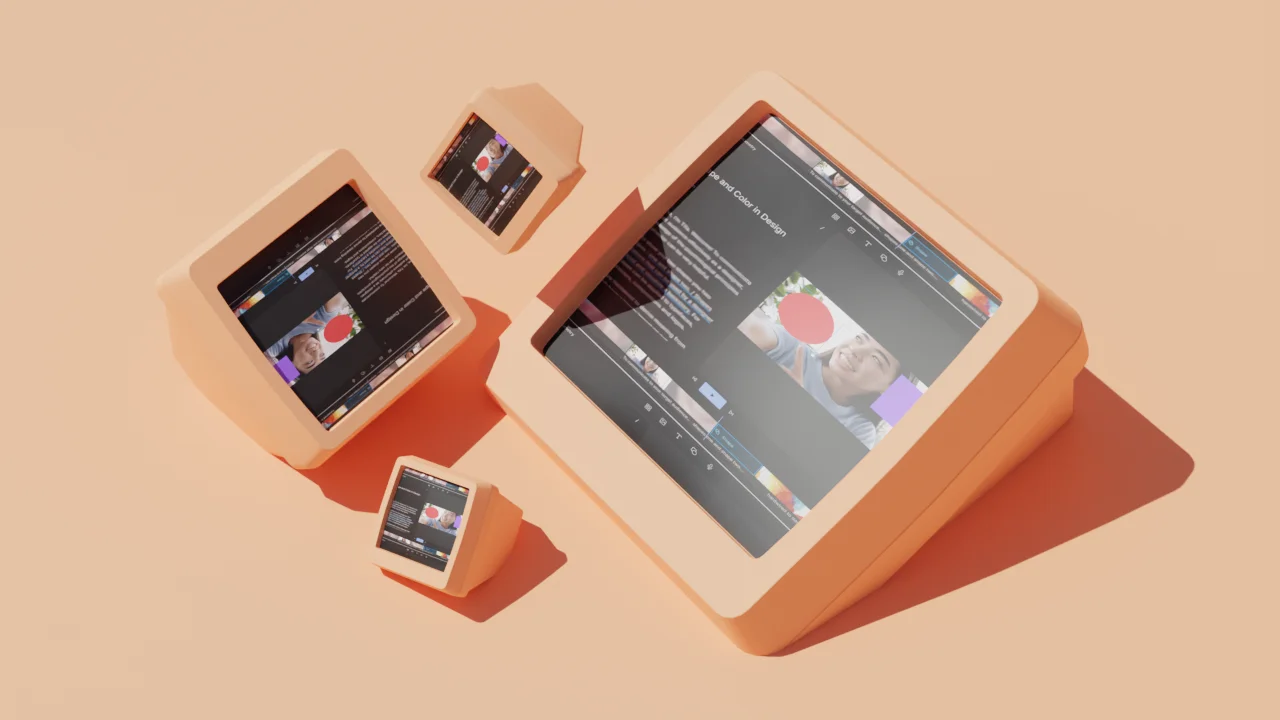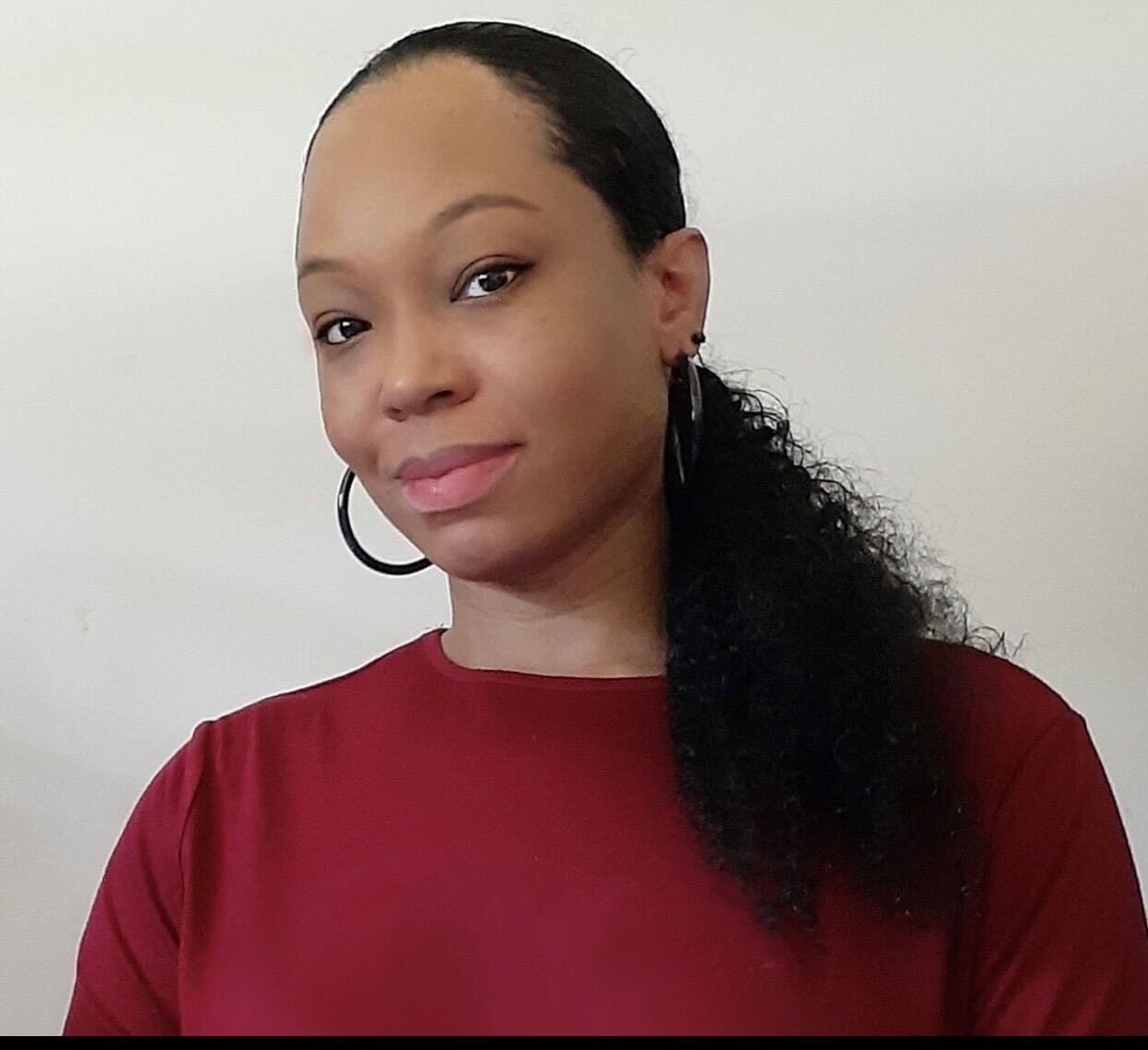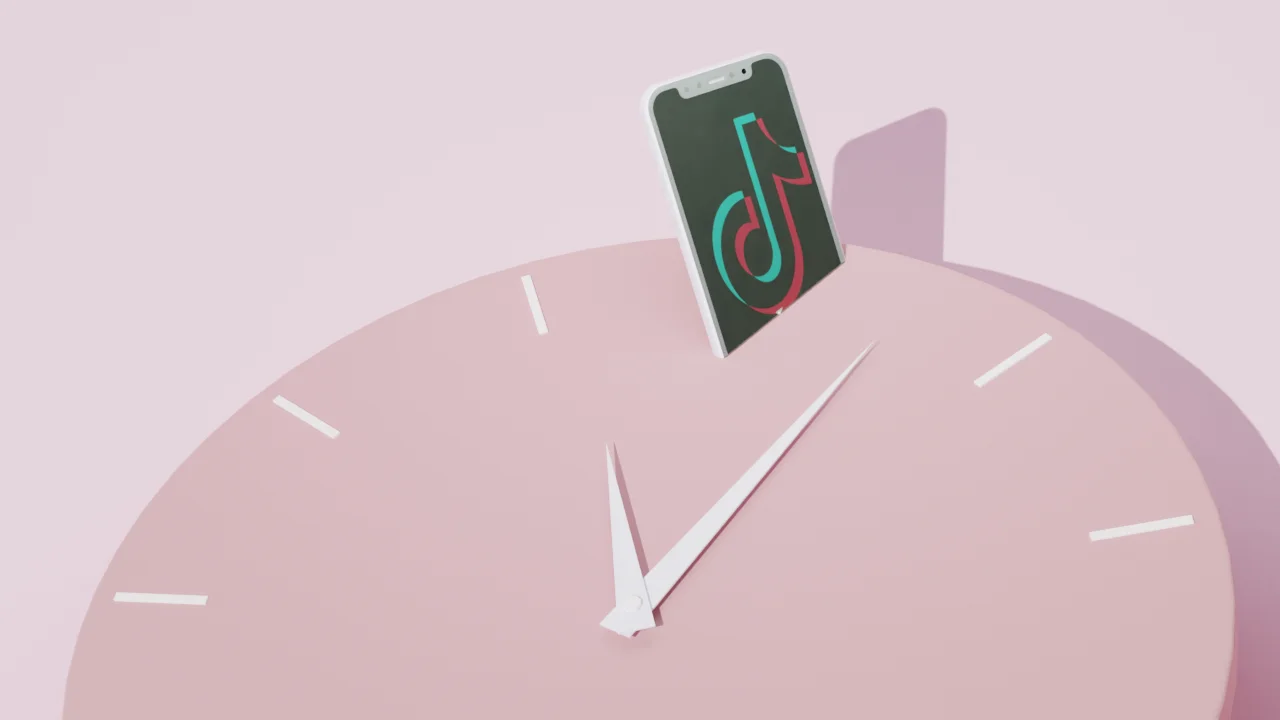What type of content do you primarily create?




There’s more to starting a podcast than just sitting down at a microphone and starting to talk. You’ll also need computer software to record it all (like Descript, Audacity, or GarageBand, which are all free) and, most importantly, a solid idea that keeps podcast listeners coming back regularly.
Before you release your pod into the wild, you’ll first need to find it a home. As the largest podcast directory in the US, Spotify makes a good home for podcasts.
If you’re a beginner about to launch a new podcast, here’s your step by step guide to publishing it on Spotify.
What is Spotify?
Spotify is a streaming hub for music, podcasts, and videos. You can listen to an ad-supported version for free, or pay $10.99 per month for a premium, ad-free service. Spotify Premium offers unlimited track skips, the ability to download your songs for offline listening (as long as you stay subscribed), and higher audio quality (320 kbit/s).
Podcasts are a newer addition to Spotify’s repertoire, but the app has quickly overtaken Apple Podcasts to become the largest platform for streaming podcasts. As of Q2 2023, Spotify has over 551 million monthly listeners globally, according to its recent shareholder deck.
Why uploading your podcast to Spotify is important
Your podcast can reach more ears
Spotify is the largest music streaming platform in the world. Like we mentioned, it’s got over 551 million listeners around the world, and that number is growing every quarter.
Smaller, niche podcasts can tap into larger audiences thanks to Spotify's recommendation algorithm promoting new content. Spotify promotes audio content based on users' listening habits, so they'll promote your show to the right people based on its topic.

Your listeners will appreciate it
Spotify offers users features that improve listener engagement, like:
- Easy-to-use apps
- High-quality streaming
- Playlist creation
- Personalized recommendations
With Spotify's "Your Library," people can easily save, organize, and revisit their favorite podcasts, encouraging repeat listens. In the "Home" area, Spotify curates an "Episodes for you" section where you can hear the latest episodes of your favorite podcasts.

It’s easy to monetize
If you host a podcast on Spotify, there are a few ways to monetize it on Spotify for Podcasters. Let’s look at each option and its eligibility requirements:
- Subscriptions: Create exclusive episodes that fans pay a monthly subscription to access. At a minimum, you must have two published episodes and at least 100 listeners on Spotify within 60 days of applying. Plus, you need to live in a market where Podcast Subscriptions are available.
- Listener Support: Receive monthly donations from listeners. You must be located in the US and have two published episodes and at least 100 listeners on Spotify within the last 60 days.
- Ambassador Ads: Record ads about Spotify for Podcasters and promote them in your episodes. US podcasters may be eligible if, within the last 60 days, they have at least 1,000 followers and published at least one episode.
- Automated Ads: Invite-only program available to US, UK, and Australia-based podcasters.
Remember, you don’t need to go through Spotify to monetize a podcast. There are other options, like sponsorships, selling merch, and hosting live events that can earn you cash, too.
📚Learn: The 10 best podcast hosting platforms
How to start a podcast on Spotify
1. Meet Spotify’s podcasting requirements
As with most streaming platforms, your podcast must meet Spotify’s specifications before you try to upload anything. Follow this checklist to ensure a smooth process:
- Audio formats: Spotify supports MP3, M4A, and WAV file types. It also supports video files without a size limit (although larger files will take longer to process).
- Artwork: Your podcast cover art must be square ratio 1:1 and be in PNG, JPEG, or TIFF format with a minimum size of 1400 x 1400 pixels to a maximum of 3000 x 3000 pixels, under 500KB in size.
- Content: Your podcast must comply with Spotify’s content policies, which includes restrictions on hate speech, violence, misinformation, and illegal activities, among others.
- Episode length: It’s recommended to keep episodes under 2GB (roughly 12 hours at 320 Kbps bitrate).
- Metadata: Consumer-facing titles should not exceed 20 characters so listeners can read them on web and mobile.
- RSS feed: Must include a unique podcast title, artwork, podcast description for at least one recorded episode, and the audio file uploaded to your host.
Double-check that your podcast hosting platform connects with Spotify (most do), so you can submit new episodes through your host and get them live easily.
2. Create your account
Spotify for Podcasters requires you to make an account if you're new to the podcast app. You can sign up through the Spotify for Podcasters website. If you already have a Spotify account, you can just log in.
After acquiring Anchor.fm, Spotify now lets you create, distribute, and monetize new podcasts on iOS or Android. But we recommend using a third-party podcast hosting service to have greater control over your content and avoid platform-specific restrictions.
Start by clicking Sign Up. Then choose “I have a podcast” option.

You'll be prompted to sign into your account and then taken to another landing page to add your RSS feed link. Click "Get Started".
3. Enter your RSS feed link
Next, you'll have to grab your RSS feed link from your podcast hosting site. The RSS link your platform provides is what you’ll submit to Spotify to feature your podcast, and the platform will use that link to automatically pull in any subsequent episodes or updates.
Every platform will host your link in a different spot. For example, in Transistor, you can find it on your show's admin page.

Copy your link and paste it into the corresponding field.

4. Verify ownership
Once you've entered your RSS feed, Spotify will need to verify that you own the podcast. You'll get a verification email sent to the email address associated with your RSS feed. Follow the instructions Spotify sends to that email account, which involves entering a verification code.

5. Add your podcast info
Spotify will pull any information associated with your podcast, like cover art and podcast name. But you’ll need to follow the prompts and add more details, like language and primary category, to help listeners find your podcast when browsing.

🧠 Learn: How to record a high quality podcast (the easiest way possible)
How to upload a podcast to Spotify with Descript
1. Choose a podcast hosting platform
Descript has a pretty neat feature that lets you automatically publish your podcast to Spotify via your podcast hosting platform. We have direct integrations with the following platforms:
- Blubrry
- Buzzsprout
- Captivate
- Castos
- Headliner
- Hello Audio
- Podbean
- Podcast.co
- Transistor
We recommend choosing one of the above to make publishing your podcast easier.
2. Record and edit your podcast
Record your audio or video podcast in Descript’s all-in-one podcasting tool. You can record high-quality and 4K video from anywhere with your remote-recording studio.
Then, edit your podcast by fixing any mistakes in our text-based editor. Remove ums, uhs, likes, and repeated words with a single click. Turn on Studio Sound to remove background noise and make your audio sound pro.
3. Publish your podcast
After your podcast is edited, click “Publish” in the upper right corner of your screen. Click the drop down menu for publishing options, and choose your podcast host.

4. Import episode to your platform

Descript will send the podcast episode to your hosting provider and create a draft episode. The screen above shows how it works in Transistor, but it'll look slightly different depending on your platform.
Regardless, from here, publish your podcast as usual on your platform. If you’ve set up your RSS feed correctly, your episode will go straight to Spotify, Apple Podcasts, Google Podcasts, Amazon Music, and any other listening platforms you opted for.
Thousands of popular podcasts like Planet Money and Freakonomics Radio use Descript to produce their shows. Want to join them? See how Descript can help your own podcast.
Frequently asked questions
How long does it take until my podcast is live on Spotify?
Your podcast usually goes live on Spotify within a few hours to five business days after you submit it. Make sure your RSS feed is set up right and follows Spotify's podcasting guidelines.
How to make money with a podcast on Spotify:
If you want to make money with Spotify podcasts, you can monetize through ads, listener donations, or paid subscriptions. Outside of Spotify's native monetization options, sponsorships, merchandise sales, and affiliate marketing are effective strategies.



